Physical Activity and Gestational Diabetes Mellitus
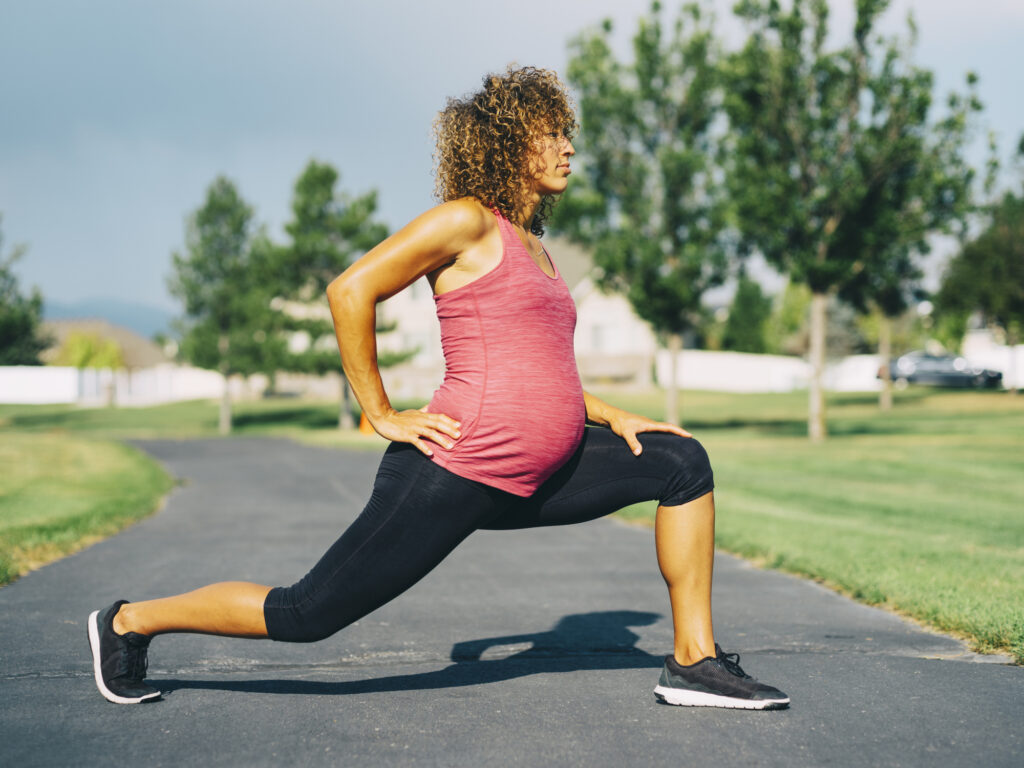
Over the nine short months of pregnancy, a woman will grow a new life (or two, or three!) along with a complex organ called the placenta. During this period of rapid change, a pregnant woman’s body also adapts to become progressively insulin resistant, ensuring there is sufficient glucose in the bloodstream to direct to the […]
Finding Green Flags in Journal Quality

In honor of Publication Integrity Week, and with so many scientific journals to choose from, it is important to discuss how to determine journal quality. There are several indexes that provide journal rankings using a variety of algorithms. One of the most well-known is the impact factor (IF) which is calculated by Clarivate Analytics for journals […]
November Updates: ACSM’s Health & Science Policy Committee, Lobbying for Student-Athlete Safety and FIMS
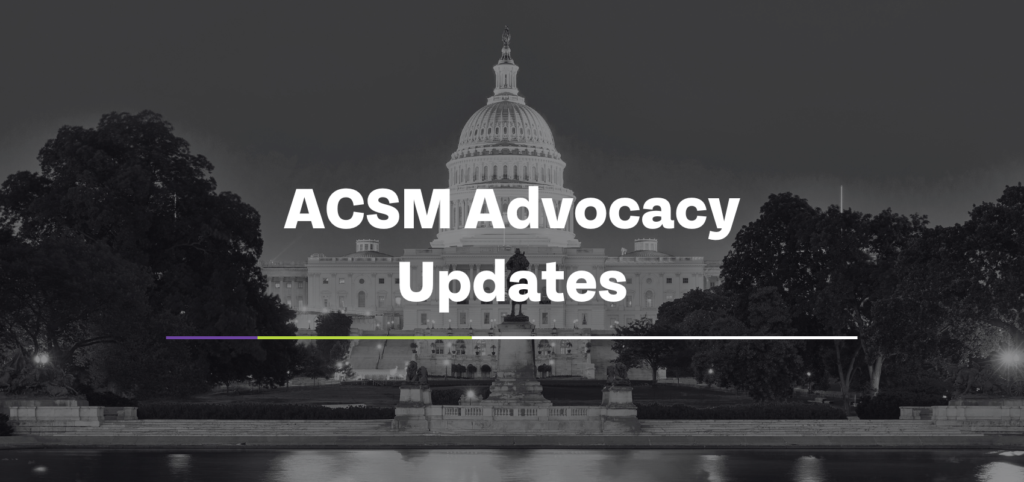
Health & Science Policy Committee Making Progress The Health & Science Policy (HSP) Committee is focusing on four tactics in support of the ACSM Strategic Plan and intends to complete them by the end of the year: ACSM, NFL Coalition Lobby for Student-Athlete Safety Federal legislation is making its way through Congress that would support […]
Post-Election Health Care Landscape

On Nov. 5, 2024, former President Donald Trump was re-elected as president. While not all congressional races have been settled, Republicans have gained control of the U.S. Senate and have maintained their majority in the House of Representatives. With the Senate and House now under Republican control, a unified congressional majority will enhance President-Elect Trump’s […]
Cardiorespiratory Fitness and Platelet Reactivity

Low cardiorespiratory fitness (CRF) has long been linked to cardiovascular disease (CVD), and platelets are key mediators in atherosclerotic CVD and thrombosis. However, few prior studies have examined associations between fitness and platelets, the majority exploring platelet reactivity after acute exercise bouts and showing a transient platelet hyperreactivity phase. Studies that have looked at chronic […]
Exercise, Good for Your Bones?
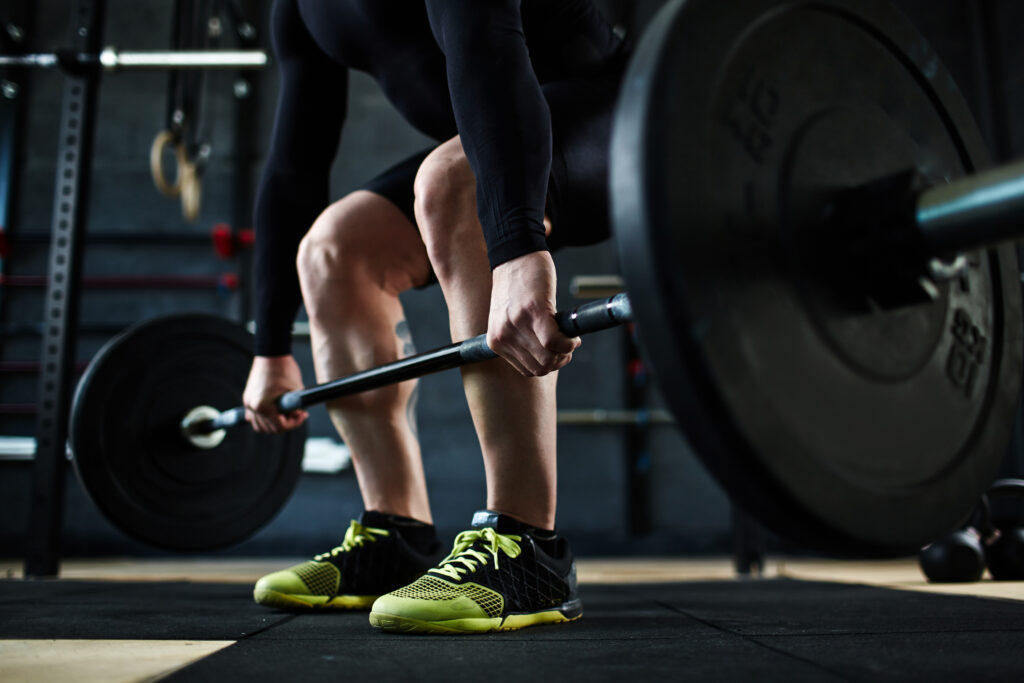
For too long, bones were viewed merely as inert structural components of the body, and there was little appreciation for their broader biological functions and responsiveness to stimuli. Today, however, we know that bones are dynamic, biologically active tissues with the innate ability to respond and adapt to various individual and environmental stimuli. Bone tissue […]
Clinical Highlights from Current Sports Medicine Reports | Q3 2024

Welcome to the highlights and the review of the AWESOME material published over the last quarter in Current Sports Medicine Reports (CSMR). I’m going to do something a little different this quarter and highlight a couple invited commentaries, along with interesting case reports and section articles. Invited Commentaries The Cannabis Shift: How We Educate and Message […]
ACSM Participates in Move With US Physical Activity Symposium

On Sept. 19, we were honored to represent ACSM at the Second Annual Physical Activity Alliance Symposium. We were among more than 100 representatives from 75+ organizations in attendance. The symposium was inspiring for many reasons, and we wanted to share some of that inspiration with the wider ACSM community. The Physical Activity Alliance (PAA) is a […]
October Updates: Healthy People 2030, Federal Funding, Investing in an Healthier America, and New Obesity Maps

Healthy People 2030 On September 30, 2024, the Department of Health and Human Services (HHS) released a notice entitled, Announcement of Solicitation of Written Comments on Proposed Healthy People 2030 Objectives. HHS solicits written comments from the public on 12 new objectives proposed to be added to Healthy People 2030, and written comments from the public […]
From Activity to Sleep: A Balanced Lifestyle Approach to Brain Health
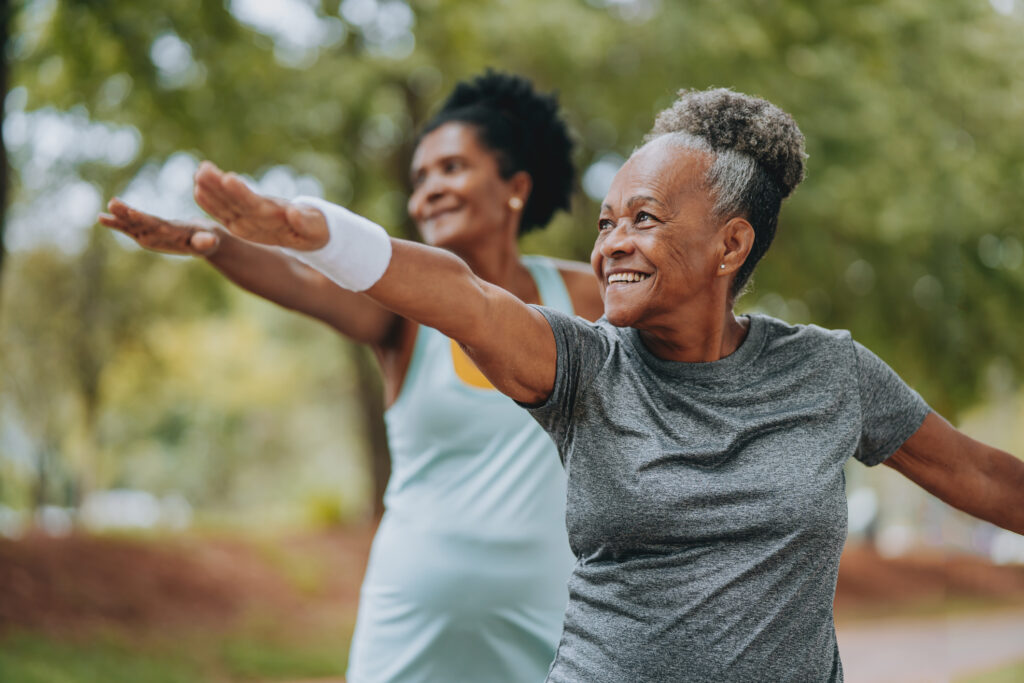
Dementia is one of the leading causes of disability and mortality worldwide, and modifiable lifestyle factors may be critical for preventing up to 45% of all-cause dementia occurring after age 65. Two key modifiable risk factors associated with reduced dementia risk and improved brain health are regular physical activity and good quality sleep. Physical activity […]
